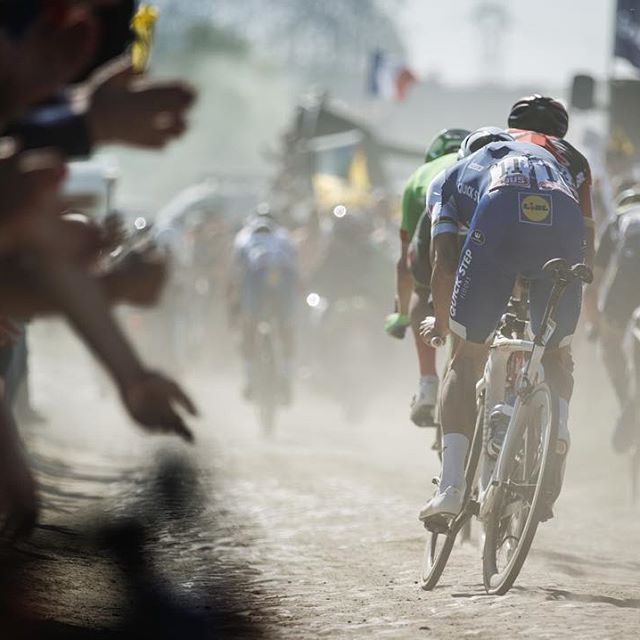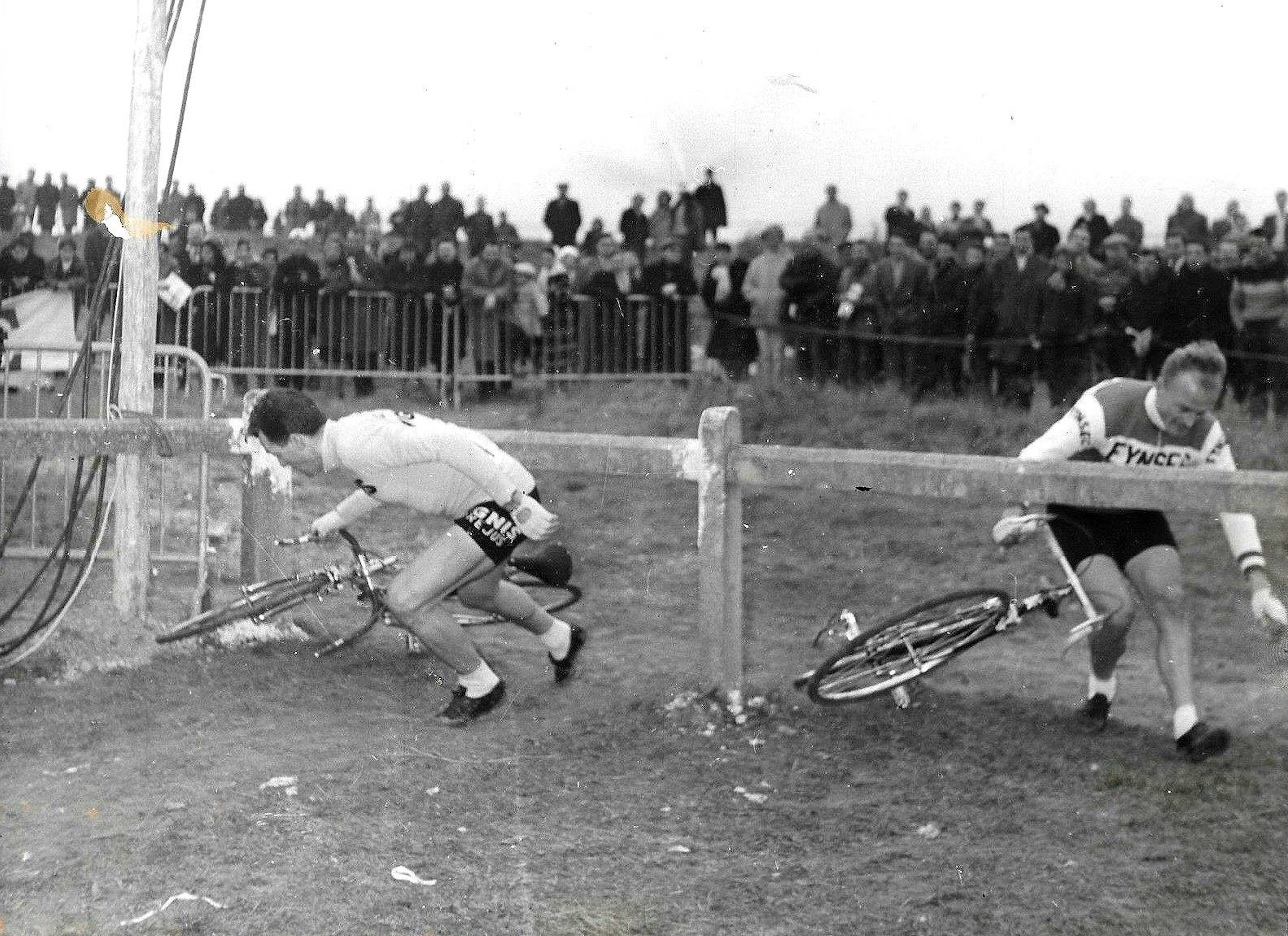Riding Tempo

Tempo means time in Italian. Riding tempo means riding steadily, like a metronome. It is an important skill to have and since it’s Italian, it sounds cool. What it does not mean is riding at a constant speed, half-wheeling or killing it at the front. Riding at a constant speed is like having cruise control on in a car; the car seems to accelerate on the uphills and rides the brakes on the downhills. One would never purposefully drive a car or ride a bike like that. Riding tempo means riding at a constant effort, ticking over the pedals. Without getting back into the topic of power meters, riding at a steady wattage would be a good starting definition.
Tempo predates watts or heart rate or even the V-meter. If you are good at riding tempo, then you are good at keeping a group moving along as a group, eating up the road but not shelling riders on every hill the road offers up. Tempo implies some amount of pace. Riding piano is how every flat stage of the Giro d’Italia used to unfold. Riders would roll off the front to visit family waiting on the side of the road; riders would abscond with trays of pastries to be passed around the peloton. Then, with forty kilometers to go, the pace would accelerate endlessly until some Italian threw his arms up in victory. It was as predictable as today’s formula: break escapes, leader’s team rides tempo for a few hours, sprinter’s teams then ride hard tempo to catch break, and a field sprint ensues. I like the first formula a bit more. It is now a rarity for a rider to discuss his personal agenda with the Patron and then be allowed to ride solo off the front for a teary roadside reunion with mom, dad, family and cousins as the race passes through that rider’s village.
Riding tempo should be a sustainable effort. When your teammate asks you to go to the front and ride hard tempo, that is a different thing all together, or maybe not all together. Someone is going to get hurt now, most likely you, unless you have a few friends to share the work.

